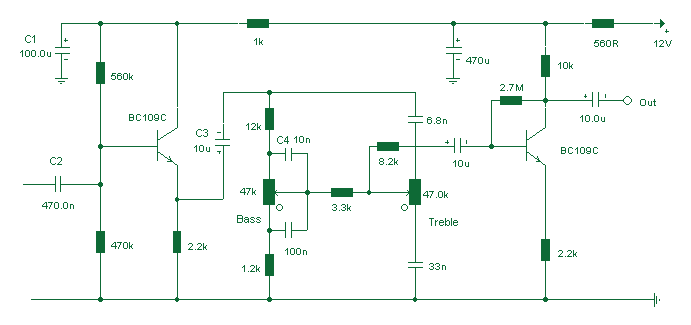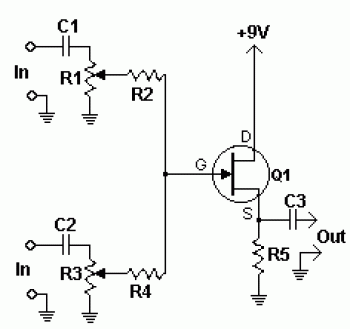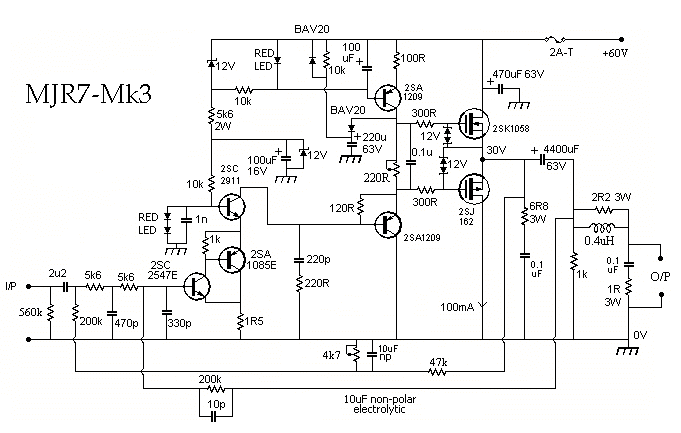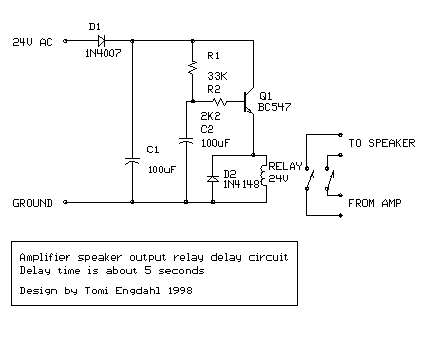
High-End Audio Modular Preamplifier
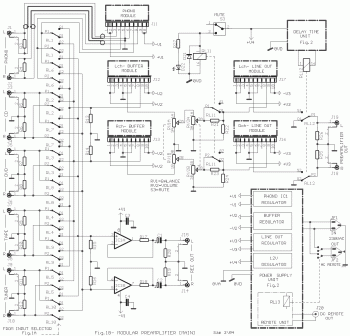
This circuit is not easy to build, but it provides excellent audio quality. It serves as a high-quality preamplifier, capable of driving high-quality power amplifiers while delivering good sound.
The described circuit functions as a high-fidelity audio preamplifier, designed to enhance audio signals before they are sent to a power amplifier. The preamplifier's primary role is to amplify low-level audio signals from sources such as microphones, musical instruments, or other audio devices to a level suitable for further amplification.
Key components typically included in such a circuit may consist of operational amplifiers (op-amps), resistors, capacitors, and possibly transistors for additional gain. The op-amps are crucial for providing the necessary gain and bandwidth while maintaining low noise levels, which is vital for high-quality audio reproduction.
The circuit may feature a power supply section that ensures stable voltage levels for optimal performance. It is essential to use decoupling capacitors close to the power pins of the op-amps to minimize noise interference from the power supply.
Input and output stages should be designed with appropriate impedance matching to prevent signal loss and ensure maximum transfer of audio signals. Additionally, the inclusion of filters may help in eliminating unwanted frequencies, further enhancing the audio quality.
To achieve the best performance, careful consideration must be given to the layout of the circuit to minimize interference and maintain signal integrity. Shielding and grounding techniques can also play a significant role in reducing noise and improving overall sound quality.
In summary, while the construction of this high-quality preamplifier circuit may present challenges, the resulting audio performance justifies the effort, making it a valuable addition to any audio system.This circuit isn`t easy to built but you will get a great audio quality from this circuit. This circuit will give u a high quality preamplifier, capable to drive high quality power amplifiers with good sound. 🔗 External reference
The described circuit functions as a high-fidelity audio preamplifier, designed to enhance audio signals before they are sent to a power amplifier. The preamplifier's primary role is to amplify low-level audio signals from sources such as microphones, musical instruments, or other audio devices to a level suitable for further amplification.
Key components typically included in such a circuit may consist of operational amplifiers (op-amps), resistors, capacitors, and possibly transistors for additional gain. The op-amps are crucial for providing the necessary gain and bandwidth while maintaining low noise levels, which is vital for high-quality audio reproduction.
The circuit may feature a power supply section that ensures stable voltage levels for optimal performance. It is essential to use decoupling capacitors close to the power pins of the op-amps to minimize noise interference from the power supply.
Input and output stages should be designed with appropriate impedance matching to prevent signal loss and ensure maximum transfer of audio signals. Additionally, the inclusion of filters may help in eliminating unwanted frequencies, further enhancing the audio quality.
To achieve the best performance, careful consideration must be given to the layout of the circuit to minimize interference and maintain signal integrity. Shielding and grounding techniques can also play a significant role in reducing noise and improving overall sound quality.
In summary, while the construction of this high-quality preamplifier circuit may present challenges, the resulting audio performance justifies the effort, making it a valuable addition to any audio system.This circuit isn`t easy to built but you will get a great audio quality from this circuit. This circuit will give u a high quality preamplifier, capable to drive high quality power amplifiers with good sound. 🔗 External reference
